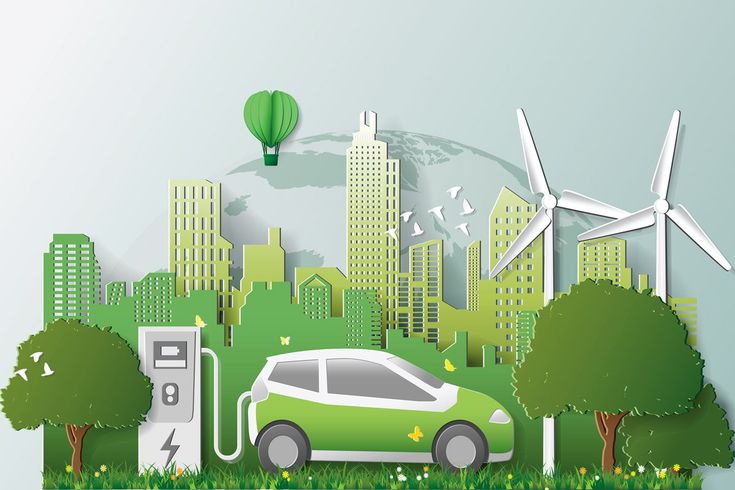As the world shifts toward sustainable transportation, Hybrid Electric Vehicles (HEVs) are emerging as a key solution. They combine the power of an internal combustion engine (ICE) with an electric motor to improve fuel efficiency and reduce emissions. Both Indian and international automobile manufacturers are actively contributing to this green revolution. But what exactly are HEVs, and how do Indian and foreign models differ? Let’s explore.
Understanding Hybrid Electric Vehicles
Hybrid Electric Vehicles (HEVs) use two power sources:
-
An internal combustion engine (usually petrol or diesel)
-
An electric motor powered by a battery
These vehicles can switch between the two systems or use both simultaneously, depending on driving conditions. HEVs do not need to be plugged in; their batteries are charged through regenerative braking and the ICE.
Types of Hybrid Vehicles
-
Mild Hybrid – The electric motor assists the engine but doesn’t power the car independently.
-
Full Hybrid – Can run solely on the electric motor, the ICE, or a combination.
-
Plug-in Hybrid (PHEV) – Similar to full hybrids but can be charged via an external power source, offering longer electric-only range.
Indian Hybrid Electric Vehicles
India is rapidly catching up with hybrid technology, especially as it looks for affordable and eco-friendly mobility solutions. Here are some notable Indian HEVs:
1. Maruti Suzuki Grand Vitara
-
A popular strong hybrid SUV
-
Offers great mileage and smooth performance
-
Developed in collaboration with Toyota
2. Toyota Urban Cruiser Hyryder
-
Shares platform and hybrid tech with Grand Vitara
-
Comes with a full hybrid system and regenerative braking
3. Honda City e:HEV
-
One of the first strong hybrid sedans in India
-
Uses Honda’s advanced i-MMD (Intelligent Multi-Mode Drive) system
4. Mahindra XUV400 (Upcoming PHEV Variant)
-
Mahindra is expected to introduce plug-in hybrid versions in the coming years
Foreign Hybrid Electric Vehicles in India
Several international brands are already selling hybrid vehicles in India or globally. These offer advanced technology and performance but are generally positioned in the premium segment.
1. Toyota Camry Hybrid
-
A global bestseller with excellent fuel economy and comfort
-
Offers a full hybrid system
2. Lexus RX500h
-
A luxury SUV with a powerful hybrid system
-
Combines performance with fuel efficiency
3. Volvo XC90 Recharge (PHEV)
-
A plug-in hybrid with impressive electric range
-
Ideal for urban and highway drives
4. BMW 530e and X5 xDrive45e
-
High-end plug-in hybrids with luxurious features
-
Deliver a blend of electric performance and sporty driving
Indian vs. Foreign HEVs: Key Differences
| Feature | Indian HEVs | Foreign HEVs |
|---|---|---|
| Price | More affordable | Premium pricing |
| Technology | Shared tech (Toyota-Honda partnerships) | Proprietary advanced hybrid systems |
| Availability | Limited but growing | Wider global options, limited in India |
| Fuel Efficiency | High, tailored for Indian roads | Optimized for global markets |
| Maintenance Cost | Lower | Higher due to imported parts |
Future of Hybrid Vehicles in India
India is moving toward full electrification, but hybrid electric vehicles serve as a practical transition. They:
-
Help reduce carbon emissions
-
Offer better mileage than conventional vehicles
-
Don’t depend on public charging infrastructure (unlike EVs)
With rising fuel costs and increased awareness, the hybrid segment is expected to grow steadily, supported by government policies and manufacturer investments.
Conclusion
Hybrid electric vehicles are an important step toward a sustainable automotive future. Indian automakers are developing cost-effective hybrids suited for local conditions, while foreign brands offer high-tech and luxurious options. Whether you’re an eco-conscious driver or a tech enthusiast, HEVs offer a compelling balance between tradition and innovation.

